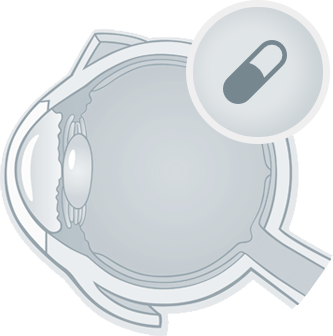Inicio / SPECIALISATIONS / CORNEA SURGERY / Fuchs’ Endothelial Dystrophy

Fuchs’ endothelial dystrophy is one of the most common diseases of the deepest layer of the cornea, the endothelium. The aim of this layer is to pump the internal fluid of the eye that transudates to the corneal stroma, keeping it transparent to allow light to go through. In the case of an endothelial dystrophy, the aforementioned pump functions with difficulty and the fluid starts to flow to the compact collagen layer, making it cancellous.
This causes blurry vision, especially in the morning, as at night the eyes are closed and do not evaporate on their own. In the more advanced stages of the disease, blurry vision is constant. Finally, fluid blebs appear under the outermost layer of the eye, the epithelium. These are painful and may become infected and cause scarring.
There are other less common dystrophies and long-lasting inflammations within the eye that appear due to other causes that can also lead to this same situation, causing endothelial failure.
The most efficient and state-of-the-art treatment for this issue is an endothelial transplant (DMEK – Descemet Membrane Endothelial Keratoplasty): A fine layer of endothelium is obtained from a donor’s cornea; it is then cultured in a lab to maintain its vitality and subsequently used to substitute the damaged endothelium of the patient’s eye. The surgical technique used is complex and laborious, but allows for an efficient and early recovery of the patient. If the cells are correctly adhered to its natural location and the graft takes, the patient will visually recover within the first three months following the intervention. The risk of rejection is lower than with full transplants, and it also has the further advantage that if donor cells do not take, regrafting is not very aggressive.
